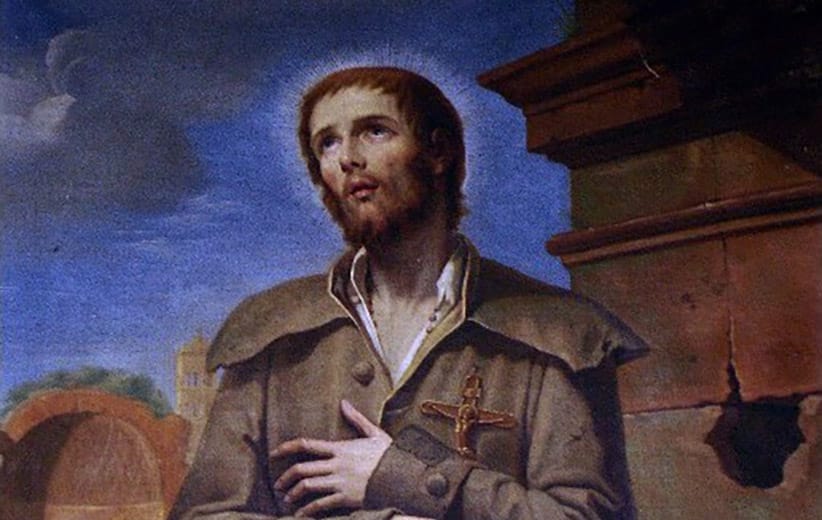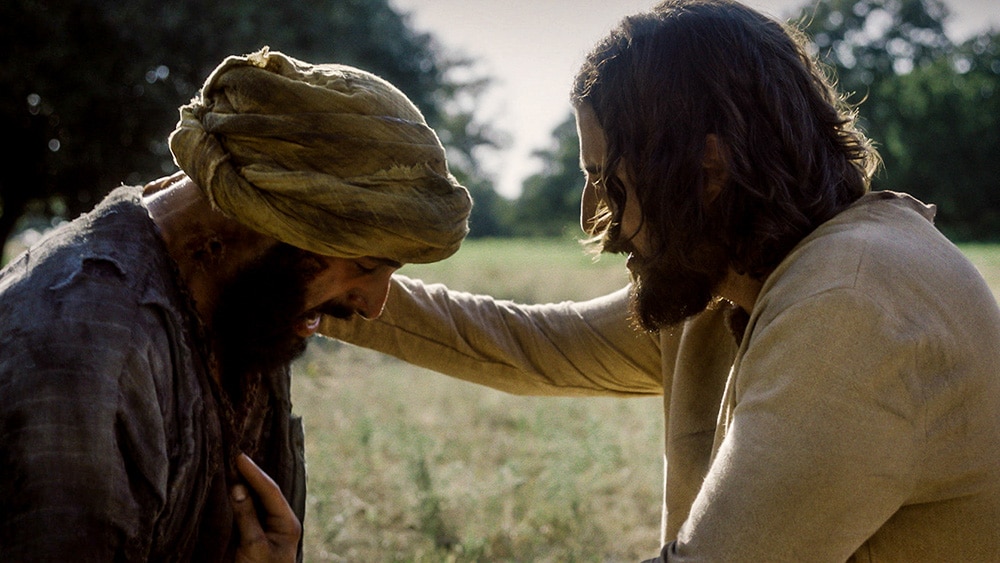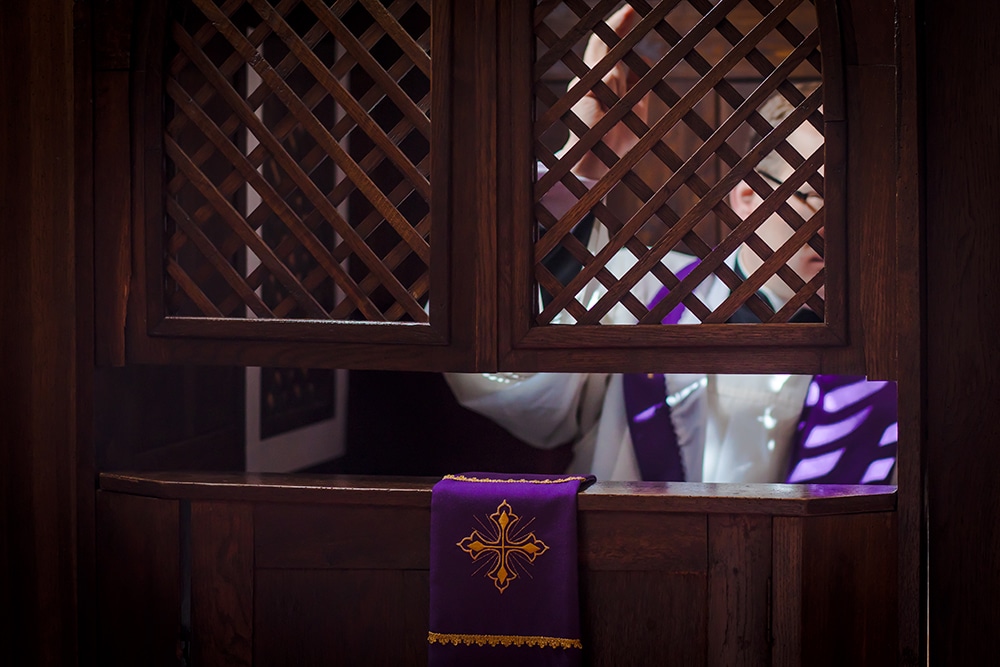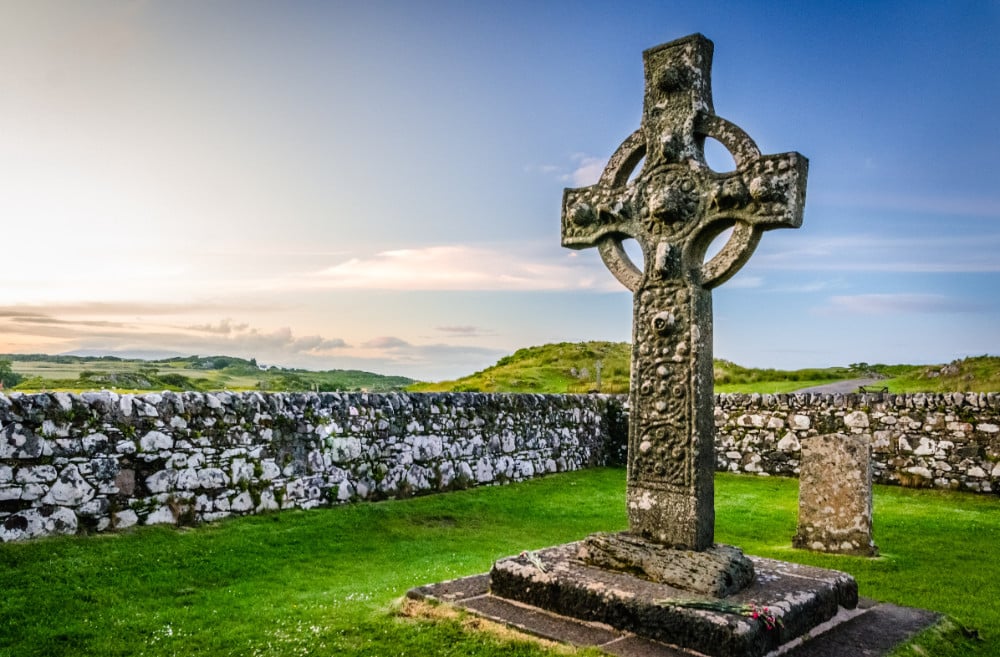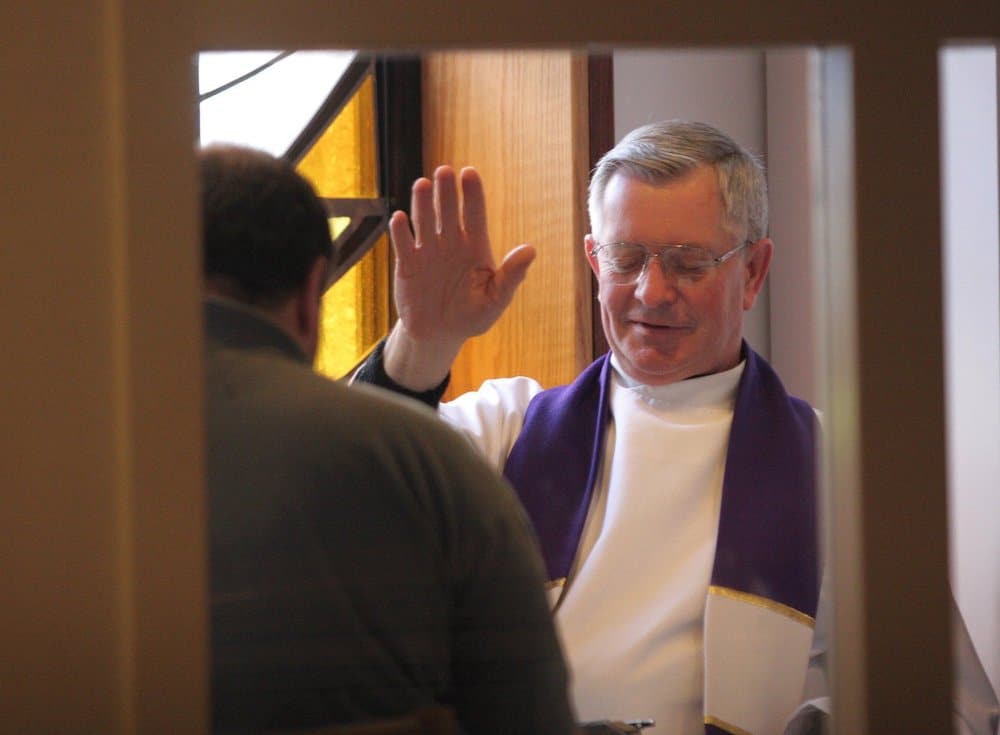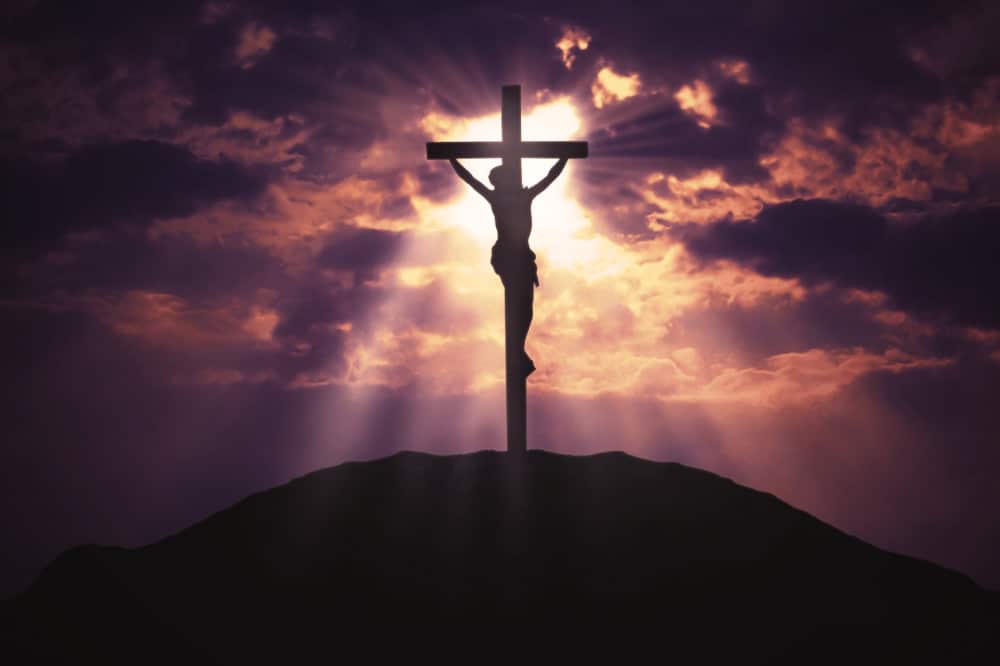God often raises up saints who are particularly well-suited to the needs of their times. A clear example of that is St. Ignatius Loyola, whose experience as a military man helped him shape the Society of Jesus as a disciplined vanguard of the Catholic Counter-Reformation of the 16th and 17th centuries.
At other times, though, God follows a very different pattern, described by St. Paul in his first letter to the Corinthians: “God chose the foolish of the world to shame the wise, and God chose the weak of the world to shame the strong” (1:27). For his own good reasons, God sometimes shows a surprising preference for saints who stand conspicuously outside the mainstream of contemporary concerns, as if to remind us that, measured by the scale of eternity, today’s big issues don’t count for so much.
St. Benedict Joseph Labre was a saint like that. Former Pope Benedict XVI echoed what many have thought in calling him “one of the most unusual saints in the history of the Church.” Not a martyr or a missionary, neither theologian nor cloistered religious, he was a homeless man who died of malnutrition after living for years on the streets of Rome.
Benedict lived in the late 18th century at the high tide of the Enlightenment, the rationalist movement, dogmatically opposed to dogma and the supernatural, whose spokesman was the antireligious propagandist Voltaire. Its version of religion, deism, thought of God as a kind of divine clockmaker who had designed the world and set it ticking but then left it to its own devices. Thomas Jefferson, a deist, produced one of its typical expressions — a cut-and-paste gospel leaving out Jesus’ miracles and the Resurrection.
Busy with God
As far as anyone knows, Benedict Joseph Labre neither knew nor cared anything about the Enlightenment and deism. He was too busy with God.
Born in a town in northern France on March 25, 1748, the eldest of 15 children of prosperous middle-class parents, he grew up a quiet, thoughtful youth whose family thought he might have a calling to the priesthood. Accordingly, he was sent to live and study with an uncle who was a parish priest.
He loved reading Scripture but found Latin a bore. As time passed, an idea grew on him: He would become a Trappist. His parents and his uncle disapproved, but when the uncle died while tending to sick people during an epidemic, Benedict, now 18, set out to fulfill his dream.
Read more from the Turning Point series here.
But the Trappists said no: He was too young and too frail. Next, he then found a Carthusian monastery that was willing to accept him, but that didn’t work out, either. Returning home, he studied philosophy and chant for a year, then gave it another try there. This time, he lasted six weeks until the monks, finding him unsuited to their way of life, asked him to leave.
Nothing daunted, Benedict wrote his parents, “Give me your blessing, and I will never again be a cause of trouble to you. I very much hope to be received at La Trappe [the Trappist monastery, which had rejected him before]; but if I should fail there, I am told that at the Abbey of Sept Fons [another monastery] they are less severe, and will receive candidates like me. But I think I shall be received at La Trappe.”
Wrong again. La Trappe said no. But Sept Fons accepted him. Then, however, he rashly multiplied penances while eating next to nothing, so that he soon was in the infirmary. After his recovery, the monks, reasonably concluding that he wasn’t meant for the disciplined life of the monastery, told him to leave.
Discovery of his true vocation
Here was the turning point of Benedict’s life. “In those few months,” says Archbishop Alban Goodier, a popular spiritual writer of the last century, “he had begun at last to discover his true vocation. … He could not be a monk like others; then he would be one after his own manner. He could not live in the confinement of a monastery; then the whole world should be his cloister. There he would live, a lonely life with God, the loneliest of lonely men.”
This was in the latter months of 1770. For the next several years, Benedict, by now a member of the Third Order of St. Francis, traveled through Western Europe as a pilgrim, visiting shrines and holy places — Rome, Loreto, Assisi, Einsiedeln, Paray-le-Monial, Santiago de Compostela, and others. He went on foot, begging for his food, sleeping where he could — on one occasion, at the farm of the parents of the future Curé of Ars, St. John Vianney. He seldom spoke and spent hours in prayer before the Blessed Sacrament as often as he could.
Eventually, he settled — after his own fashion — in Rome, and there he stayed until his death, except for a yearly visit to the Holy House of Loreto, said to be the house where Mary had received the Annunciation and where the Holy Family had lived during their years in Nazareth. In Rome, he slept in the ruins of the Colosseum, visiting the city’s churches — especially any church where the Forty Hours Eucharistic devotion was underway — receiving alms when someone thought to give them and otherwise living on scraps.
The priest who was to become his confessor and biographer left this description:
“In the month of June, 1782, just after I had celebrated Mass … I noticed a man close beside me whose appearance at first sight was decidedly unpleasant and forbidding. His legs
were only partially covered, his clothes were tied round his waist with an old cord. His hair was uncombed, he was ill-clad, and wrapped about in an old and ragged coat. In his outward appearance he seemed to be the most miserable beggar I had ever seen.”
Perhaps so, but the painter Antonio Cavallucci saw enough in Benedict’s appearance to paint him twice and even use him as a model for Christ. The portraits depict a thin, bearded young man with downcast eyes, apparently lost in thought — or prayer.
‘The saint is dead’
On April 15, 1783, he collapsed outside a church near the Colosseum and was carried into a nearby house where he died the next day. When his passing became known, his confessor recalled, “all at once the little children from the houses hard by filled the whole street with their noise, crying out with one accord, ‘The saint is dead, the saint is dead.”’
Soon the whole city was saying the same. Many holy people before him had died in Rome, his biographer wrote, “but the death of none of them ever excited so rapid and lively an emotion … as the death of this poor beggar.” Great crowds came to view his body lying in state in the church near the Colosseum, and there beside the altar he was buried on Easter Sunday afternoon.
After Benedict’s death, many miracles through his intercession were reported. Blessed Pius IX beatified him in 1860. Pope Leo XIII called him “holiness itself” when canonizing him in 1881.
His way of life obviously was not a model for literal imitation by anybody else, but his fidelity to the call he believed he’d received was heroic, and his indifference to the rationalism and skepticism of his times was praiseworthy. Certainly, no one has taken more literally Jesus’ instructions to trust in God and not be “anxious” about food, drink and clothing (cf. Mt 6:31). And in its own special manner his life mirrors Paul’s advice to all who want to be Christ’s disciples: “Think of what is above, not of what is on earth. For you have died, and your life is hidden with Christ in God” (Col 3:2-3).
Russell Shaw writes from Maryland.

